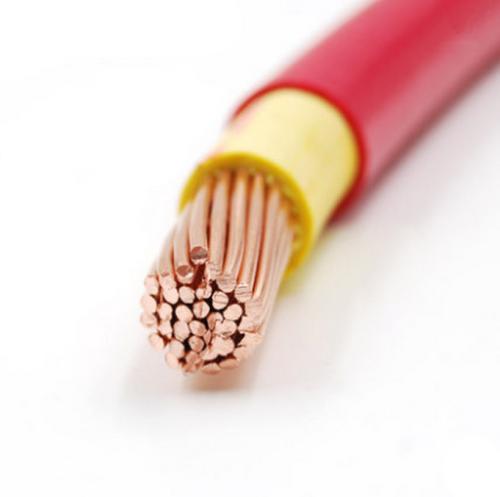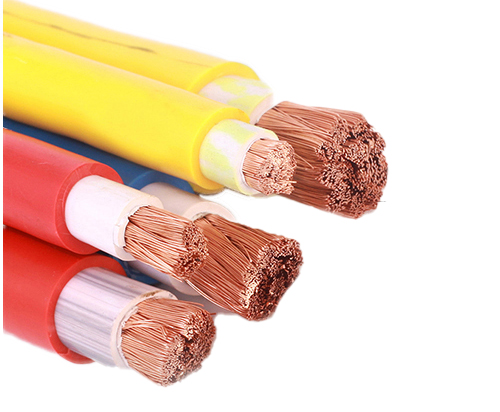The use of non-environmental protection cables is strictly prohibited in developed countries, and China also attaches great importance to this field. Relevant Chinese laws and regulations clearly require important buildings to prohibit the use of polyvinyl chloride wires and cables, and halogen-free and low-smoke cross-linked PVC wires and cables must be used to avoid a large amount of smoke and chlorine that may cause casualties in the event of a fire.
Environmental protection cables will strongly promote the development of the cable industry, enhance the competitiveness of cable manufacturers, and make the cable industry more stable on the road of sustainable development through green practice and innovation. In recent years, my country’s cable companies have gradually worked towards environmental protection cables, low-smoke and halogen-free cables, etc., as far as possible to be free of heavy metals such as lead, cadmium, mercury, bromine-based flame retardants, and no harmful halogen gases. There is no corrosive gas, less heat when burning, no pollution to the soil, etc., environmentally friendly cables will be more favored by the market, and it will be easier to obtain high orders in the bidding of power grid companies.
Users’ requirements for environmentally friendly wires and cables can be summarized as follows:
1. Low lead and heavy metal content is required
It is well known that lead and certain heavy metals will have adverse effects on human health. In PVC formulations, additives such as lead, cadmium, barium and other heavy metal compounds are usually mixed. However, since the 1990s, some developed countries and large electric companies have successively formulated regulations, and in the PVC wires and cables used, the content of eight heavy metals must not exceed the regulations. These new regulations not only bring new business opportunities to wire and cable manufacturers, but also bring serious challenges to PVC cable manufacturers.
2. Low smoke and low hydrogen oxide are required
Good flame-retardant performance is a very obvious advantage of PVC wires and cables. However, when ordinary flame-retardant PVC cables catch fire, they will release thick black smoke and a large amount of HCI gas, which will cause the “secondary” after the fire. “Disasters” seriously affect the evacuation of personnel and the development of fire rescue work. Therefore, while putting forward flame-retardant requirements for wires and cables, “low smoke” and “low HCI” requirements will be further proposed in certain applications.
3. Low toxicity or non-toxicity is required
For some cables used in household appliances, medical and health appliances, and children’s electric toys that may come into contact with food and blood products, in addition to lead-free and heavy-metal-free, they are also non-toxic (or low-toxic). This means that all component materials used in PVC formulations should be non-toxic. Cable material contains a lot of plasticizers, but non-toxic plasticizers must be used to make non-toxic materials. Therefore, this PVC material has higher requirements than lead-free and heavy metal-free materials, and the price is naturally more expensive.
4. For other prohibited items
Currently, the European Union is reviewing regulations that restrict the following items to ensure that wires and cables can meet environmental protection requirements. For example: 1) asbestos; 2) mostly biphenyl and its ethers, polybrominated phenol; 3) polychlorinated biphenyl; 4) short-chain (C10~C13) chlorinated paraffin.
As environmental issues are getting more and more attention, many countries have formulated various environmental protection policies, so people are more inclined to use green cables. Low-smoke halogen-free flame-retardant cable material is one of the most popular environmental protection cables. Although the demand for green cables in the Chinese market is increasing, compared with developed countries, my country still has a long way to go in terms of relevant policy formulation and mandatory application. my country should improve environmental protection cable standards as soon as possible.

